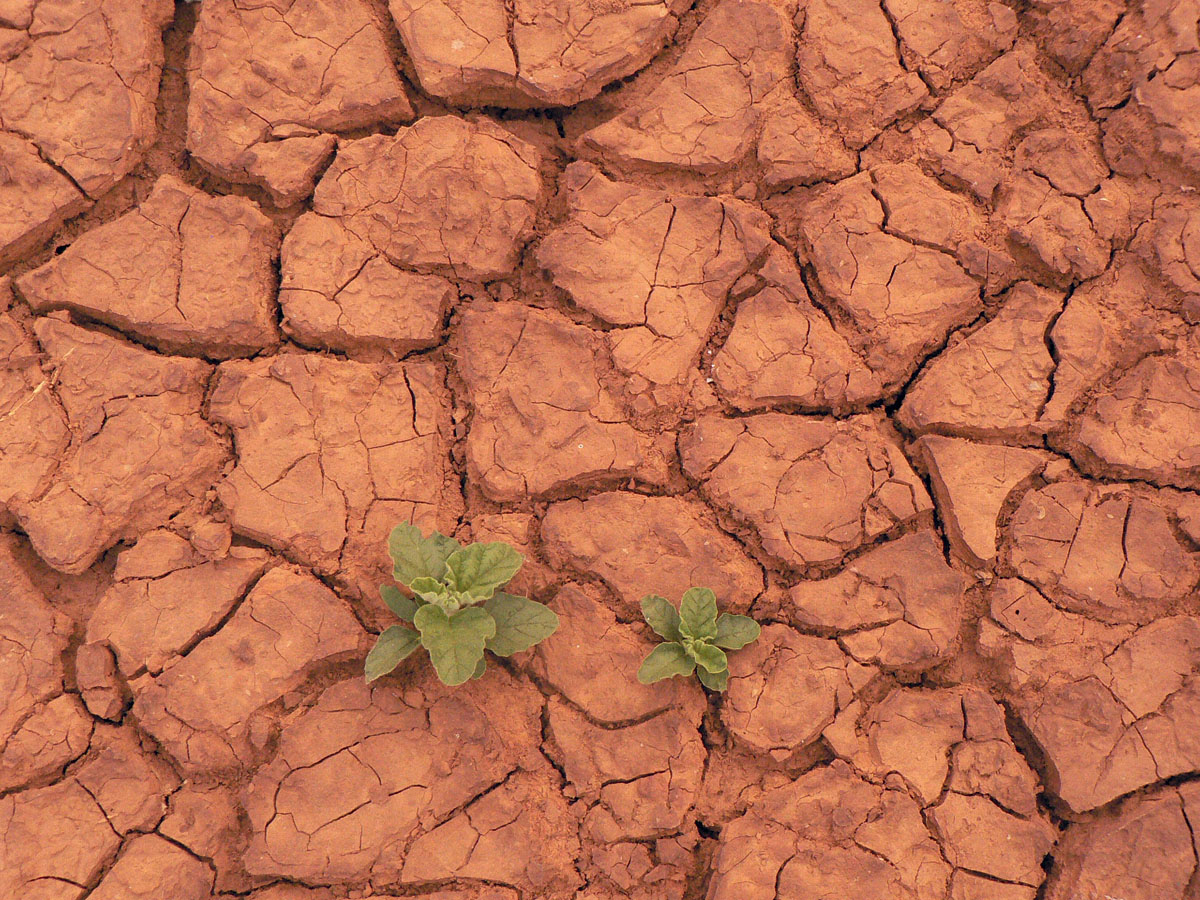[LUM#15] Research in major soils
In Africa, 45% of land is said to be "degraded". A process of desertification, the result of pressure and exacerbated by climate change, is undermining the continent's future and threatens the food security of its populations.

Desertification is not at all the advance of the desert," insists Jean-Luc Chotte, soil specialist at the Eco&Sols* laboratory. It's a generic process of soil degradation that leads to a loss of soil productivity, biodiversity and services. Although degraded land can be found everywhere, desertification is only referred to when the phenomenon affects arid, semi-arid or dry sub-humid zones. It is estimated that 25% of the planet's land is degraded. This figure rises to 45% in Africa.
From soil to climate
Why is Africa so hard hit ? Generally speaking, it's the result of overexploitation or misuse of the soil", explains the researcher, who is also Chairman of the French Scientific Committee on Desertification. Overexploitation is not measured in terms of quintals of production, but in terms of the ratio between production and the natural potential of the soil. In fact, when land is cultivated, some of its chemical constituents (nitrogen, potassium, etc.) are extracted from the soil by the plants, leading to a drop in fertility that is all the greater in fragile soils. Another deleterious effect of poor soil use is the removal of carbon from the soil , "which is then released into the atmosphere, thereby contributing to global warming", stresses Jean-Luc Chotte.
150 million people affected in the Sahel
In the Sahel alone, 150 million people are affected by desertification, "and we know that demographics are going to increase, and with them food requirements". This immense challenge prompted the United Nations to launch the Convention to Combat Land Degradation (UNCCD) in 1994. Seven years later, in 2001, the Great Green Wall project was born, with the ambition of restoring over 100 million hectares of degraded land between Dakar and Djibouti by 2030 (see the Global Days conference). "We need to see this wall as a great mosaic of landscapes in which practices are adapted to the different environmental, climatic and socio-economic situations of Burkina, Niger and Chad.
For an integrated approach
In northern Senegal, a great deal of work has gone into combining annual crops with tree plantations adapted to local drought conditions. Pastoralism is also encouraged for its beneficial effects on the soil. " The idea is to find the tree that, by producing gum arabic, for example, will provide farmers with additional income while helping to restore degraded land," continues Jean-Luc Chotte. Documenting best agro-ecological practices, but also mapping the health of ecosystems in order to prioritize areas "where intervention will have the greatest impact for populations and biodiversity, as we cannot act on all degraded land". Faced with the immensity of the task, this is one way of keeping our feet firmly on the ground.
UM podcasts are now available on your favorite platforms (Spotify, Deezer, Apple podcasts, Amazon Music...).
*Eco & sols (IRD - CIRAD - INRAE - Institut Agro)